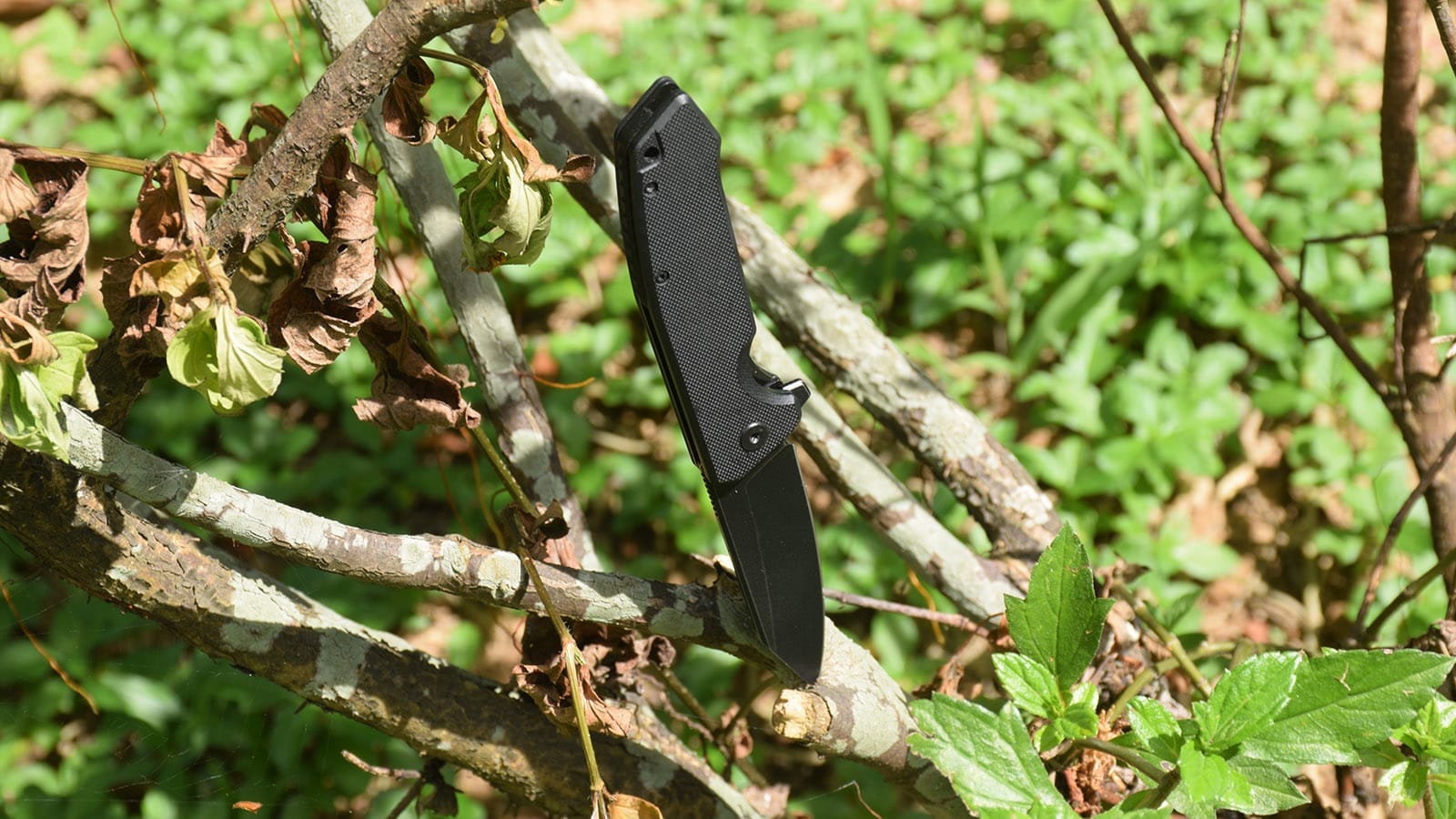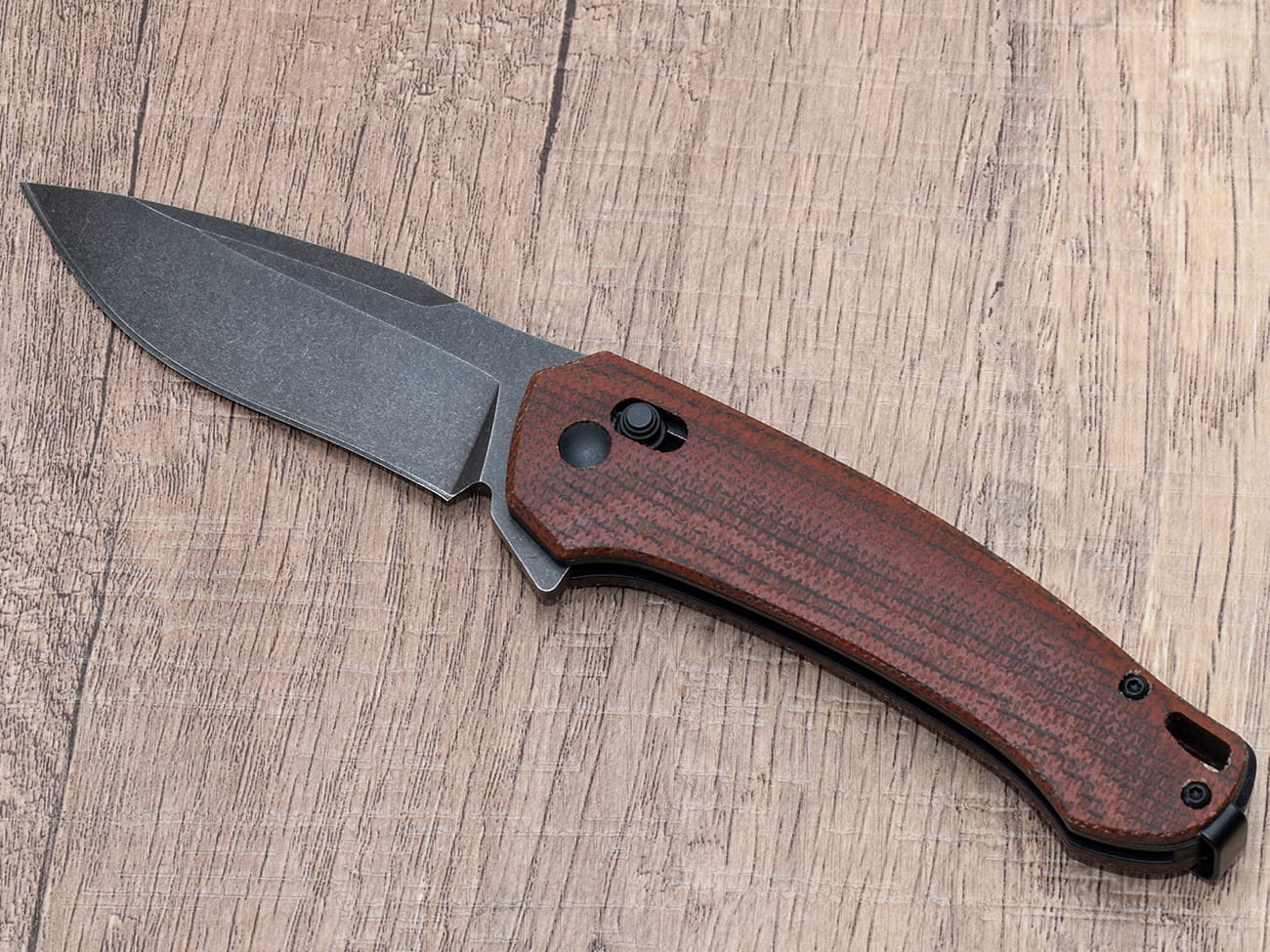Are you fascinated by the sleek, mysterious allure of a black knife blade? Whether you’re a seasoned knife maker or a curious enthusiast, understanding how to blacken a blade can elevate your knife’s aesthetic and functionality. In this comprehensive guide, we’ll explore the various techniques to achieve that coveted black finish on your knife blade. From traditional methods to modern innovations, we’ll cover it all, helping you make an informed decision for your next knife project.
Why Should You Consider Blackening Your Knife Blade?
Before we dive into the methods, let’s briefly discuss why you might want to blacken your blade:
- Enhanced corrosion resistance
- Reduced glare and reflection
- Aesthetic appeal
- Improved durability
- Potential camouflage benefits
Now, let’s explore the various ways to achieve that perfect black finish!
What Are the Traditional Methods for Blackening a Knife Blade?
1. Bluing: The Classic Approach
Bluing is one of the oldest and most well-known methods for darkening steel. This process creates a thin layer of black oxide on the surface of the blade.How it works:
- The blade is heated and then quenched in a bluing solution
- This creates a chemical reaction that forms a protective black oxide layer
- Can be done hot or cold, with hot bluing generally producing a more durable finish
Pros:
- Relatively simple process
- Provides some corrosion resistance
- Gives a classic, traditional look
Cons:
- May not be as durable as some modern finishes
- Can wear off over time with heavy use
For those interested in traditional knife making techniques, bluing offers a time-tested method to achieve a beautiful black finish.
2. Gun Blue: A Quick and Easy Option
Gun blue is a popular choice for those looking for a quick and easy way to darken their blade.How it works:
- Apply the gun blue solution to the clean blade surface
- Let it sit for a few minutes, then rinse and oil
- Repeat the process for a darker finish
Pros:
- Fast and easy to apply
- Readily available in most hardware stores
- Can be touched up easily
Cons:
- May not be as durable as other finishes
- Can wear unevenly with use
Gun blue is an excellent option for those who want to experiment with blade finishes without investing in more complex processes.
What Are Some Modern Techniques for Blackening Knife Blades?
3. Cerakote: The High-Tech Solution
Cerakote is a ceramic-based finish that has gained popularity in recent years for its durability and versatility.How it works:
- The blade is thoroughly cleaned and prepared
- Cerakote is applied using a spray gun
- The coated blade is then cured in an oven
Pros:
- Extremely durable
- Excellent corrosion resistance
- Available in a wide range of colors and finishes
- Can be applied to various materials
Cons:
- Requires specialized equipment and knowledge to apply
- Can be more expensive than other options
For those seeking a professional-grade finish, Cerakote is hard to beat. It’s particularly popular for high-end folding knives and tactical blades.
4. DLC (Diamond-Like Carbon) Coating: The Ultimate in Hardness
DLC coating is a high-tech solution that provides exceptional hardness and wear resistance.How it works:
- The blade is placed in a vacuum chamber
- Carbon is vaporized and deposited on the blade surface
- The result is an extremely hard, black coating
Pros:
- Incredibly hard and wear-resistant
- Excellent corrosion protection
- Low friction coefficient
- Sleek, modern appearance
Cons:
- Expensive process
- Requires specialized equipment
DLC coating is often found on premium knives where performance and durability are paramount.
5. Black Oxide: The Industrial Standard
Black oxide is a chemical process that creates a dark, protective layer on the blade surface.How it works:
- The blade is immersed in a hot alkaline salt solution
- This causes a chemical reaction that forms a black iron oxide layer
- The blade is then sealed with oil for additional protection
Pros:
- Good corrosion resistance
- Uniform black finish
- Does not add significant thickness to the blade
Cons:
- Not as durable as some other finishes
- May require periodic reapplication of oil for best protection
Black oxide is commonly used in industrial applications and can be a good choice for everyday carry knives.
Are There Any DIY Methods for Blackening a Knife Blade at Home?
6. Ferric Chloride Etching: The Home Workshop Favorite
Ferric chloride etching is a popular method among DIY knife makers and modifiers.How it works:
- The blade is cleaned and degreased
- It’s then submerged in a ferric chloride solution
- The acid etches the surface, creating a dark patina
Pros:
- Can be done at home with readily available materials
- Creates an interesting, mottled finish
- Enhances the appearance of Damascus and pattern-welded steels
Cons:
- Requires careful handling of chemicals
- Results can be inconsistent
- May not be as durable as other finishes
This method is particularly popular for creating a unique Damascus blade finish.
7. Forced Patina: The Natural Approach
Forcing a patina is a way to create a protective black layer on the blade using natural substances.How it works:
- The blade is exposed to acidic substances like vinegar, citrus fruits, or mustard
- This causes a controlled oxidation of the steel surface
- The result is a dark patina that protects against further corrosion
Pros:
- Can be done with household items
- Creates a unique, personalized finish
- Environmentally friendly
Cons:
- Results can be unpredictable
- May not be as uniform as other finishes
- Requires some experimentation to achieve desired results
Forced patinas are especially popular for carbon steel blades, as they help protect against rust while adding character to the knife.

A custom EDC knife with a blackened blade, showcasing the sleek aesthetics and practical benefits of blade darkening techniques.
What Are Some Considerations When Choosing a Blade Blackening Method?
8. How Does the Blade Material Affect the Blackening Process?
The type of steel used in your blade can significantly impact the effectiveness and durability of different blackening methods.
- Carbon steel tends to take blueing and patinas well
- Stainless steel may require more specialized processes like DLC or Cerakote
- Damascus and pattern-welded steels often benefit from etching to enhance their patterns
When selecting a blackening method, always consider the specific blade material you’re working with.
9. What About Durability and Maintenance?
Different blackening methods offer varying levels of durability and require different maintenance approaches.
- Cerakote and DLC coatings are extremely durable but may be difficult to touch up if damaged
- Bluing and gun blue finishes can be easily reapplied but may wear more quickly
- Forced patinas may need to be periodically renewed, especially on frequently used blades
Consider how you’ll be using your knife and how much maintenance you’re willing to perform when choosing a blackening method.
10. Are There Any Legal or Safety Considerations?
When blackening knife blades, it’s important to be aware of any legal or safety issues:
- Some chemical processes may require special handling and disposal procedures
- Certain blade finishes might be regulated in some jurisdictions
- Always prioritize safety when working with chemicals or heat treatments
Research local regulations and follow all safety guidelines when blackening your blade.
Conclusion: Mastering the Art of Blade Blackening
Blackening a knife blade is more than just a cosmetic choice – it’s a way to enhance your blade’s performance, protect it from corrosion, and express your personal style. Whether you opt for the traditional elegance of bluing, the high-tech protection of Cerakote, or the DIY satisfaction of a forced patina, there’s a blackening method to suit every knife and every maker.Remember these key points as you explore the world of blade blackening:
- Consider the blade material and intended use when choosing a method
- Weigh the pros and cons of each technique, including durability and maintenance requirements
- Always prioritize safety and follow proper procedures
- Don’t be afraid to experiment and find the method that works best for you
- Regular maintenance will help preserve your blade’s finish and performance
By understanding these various techniques, you’re well on your way to creating stunning, functional black blades that will stand out in any collection. Happy knife making!




